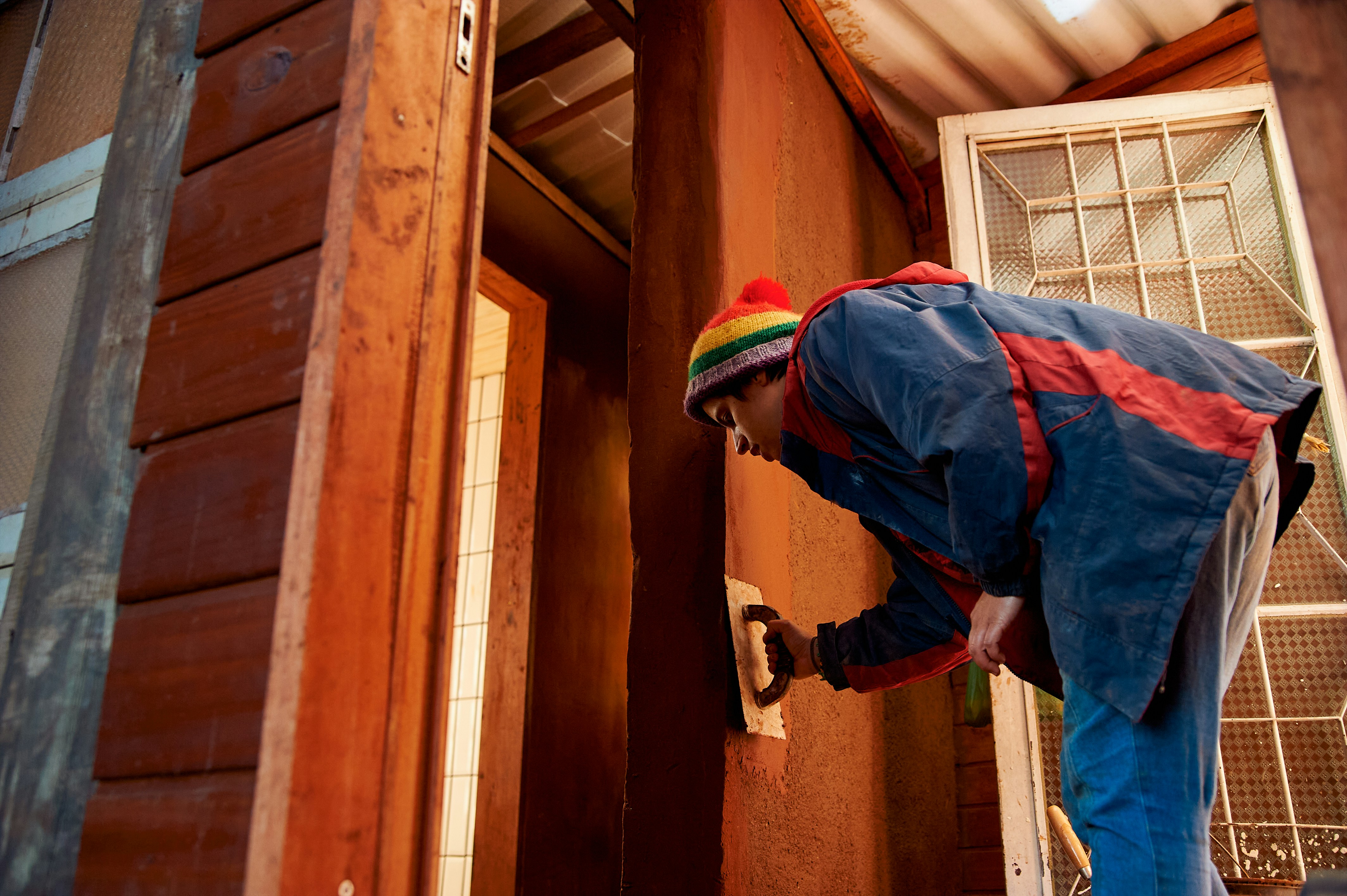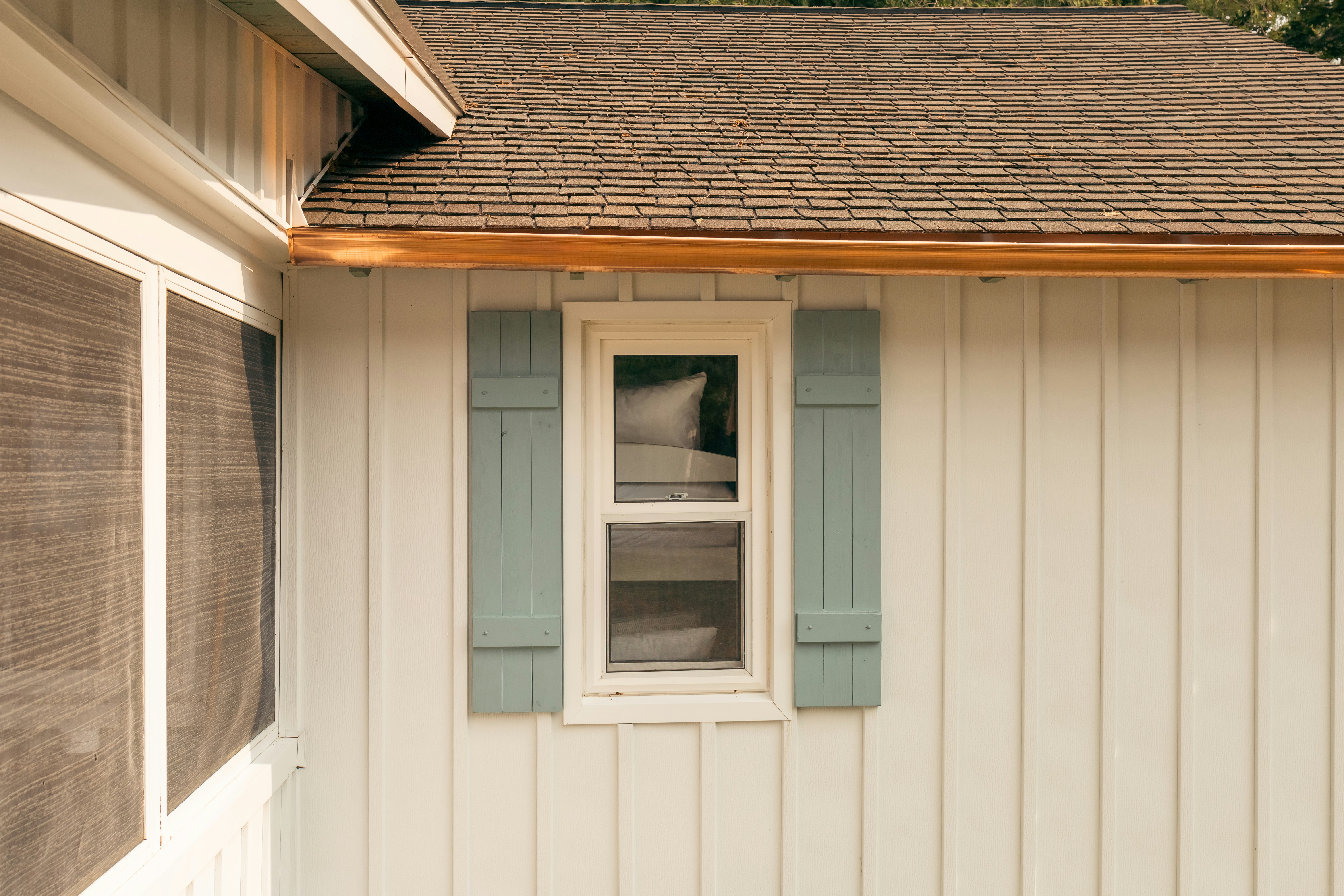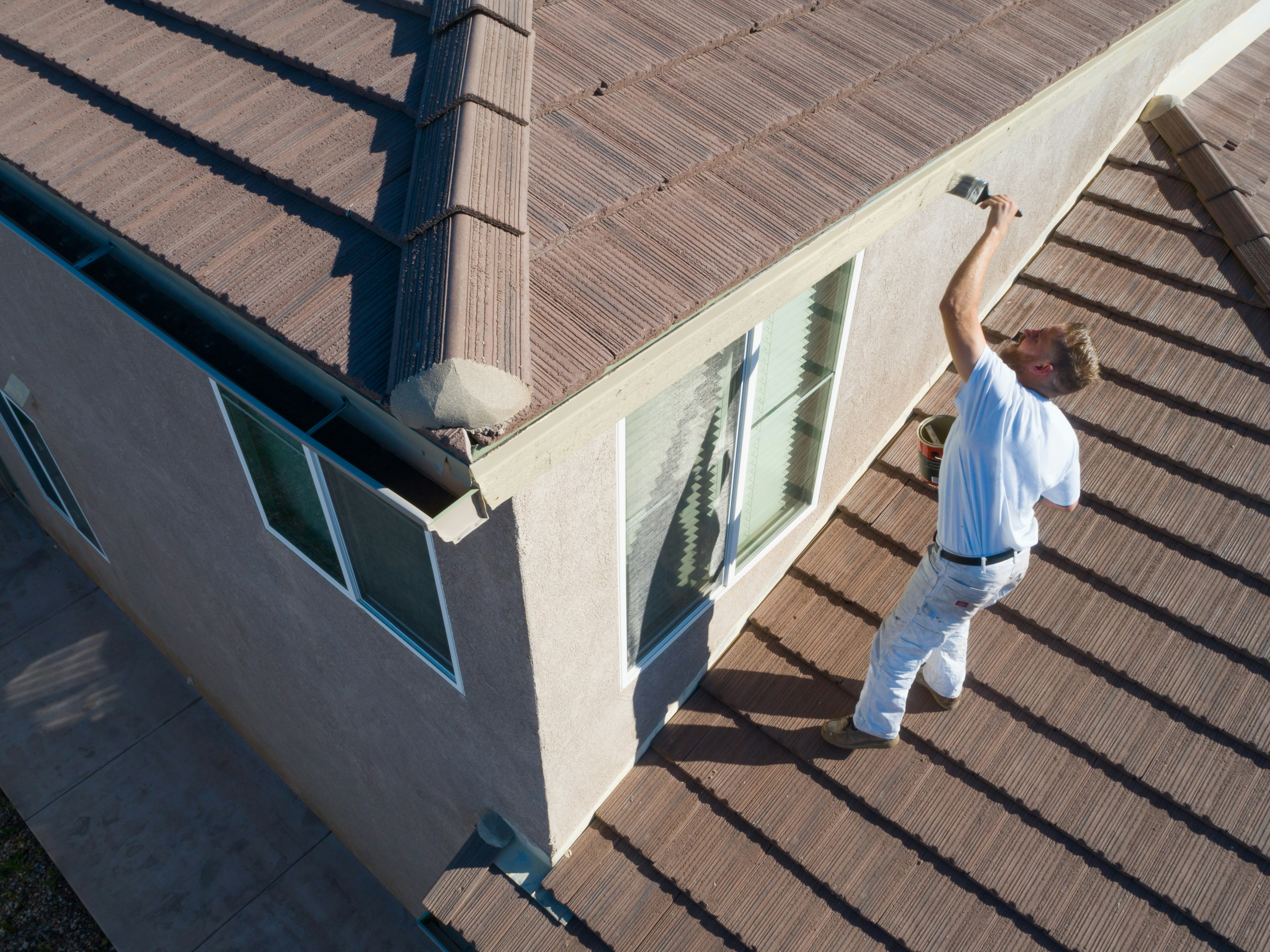Definition of Black Mold
Black mold is a colloquial term used to describe molds that belong to the Stachybotrys genus. These molds produce mycotoxins which can be harmful to human health when inhaled or ingested.
Stachybotrys chartarum is commonly referred to as black mold due to its dark coloration, but it can also appear greenish-black. This type of mold tends to grow on materials with high cellulose content, such as wood, paper, and fiberboard, especially in areas where moisture levels are elevated.
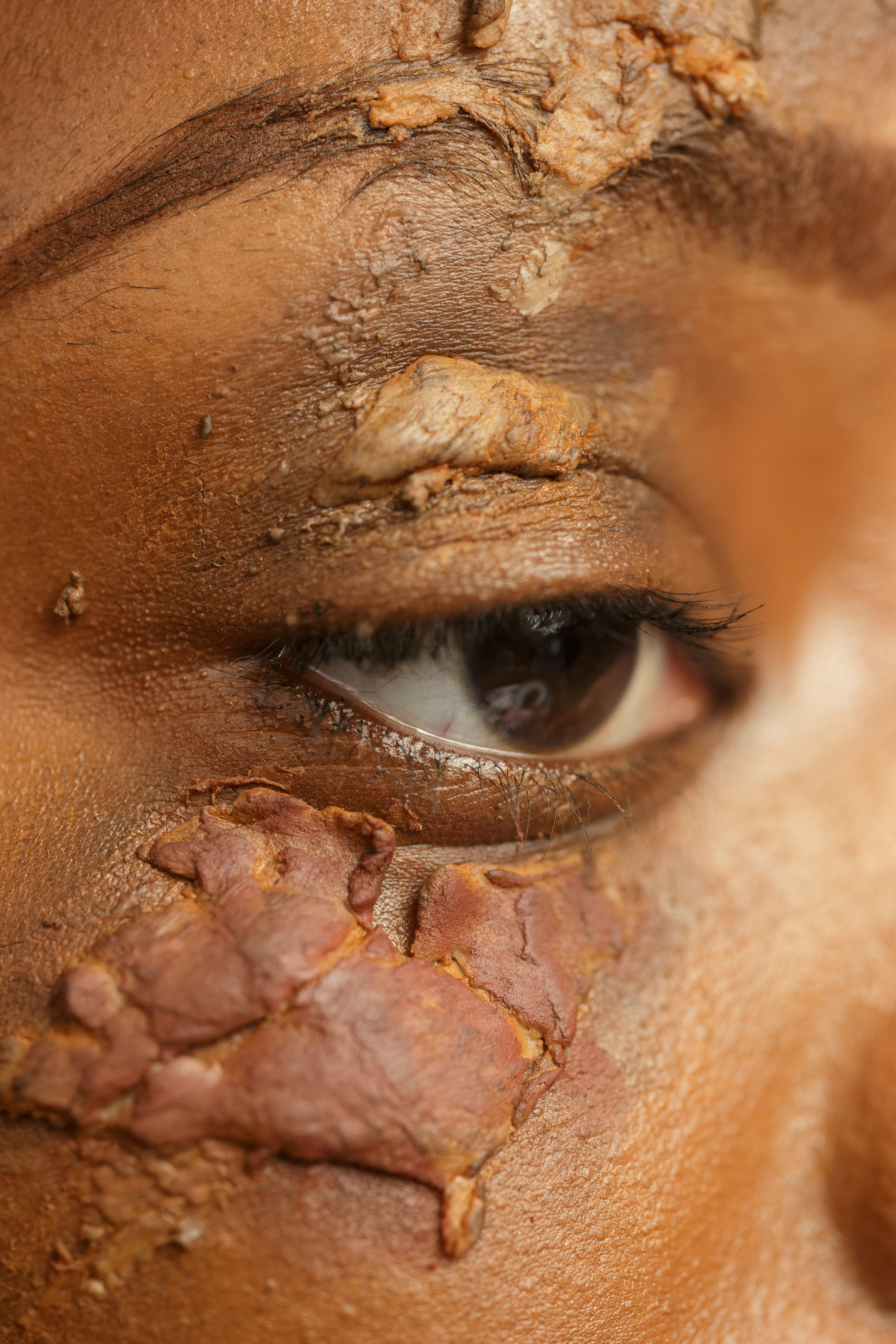
Overview of the Dangers and Health Risks Associated with Black Mold Exposure
Exposure to black mold spores can lead to various health complications ranging from mild allergic reactions to severe respiratory problems. Individuals who come into contact with black mold may experience symptoms such as coughing, wheezing, nasal congestion, throat irritation, skin rashes, and eye irritation.
Prolonged exposure or heightened sensitivity to black mold spores can exacerbate these symptoms and lead to more serious conditions like asthma attacks or fungal infections in the respiratory system. In addition to respiratory issues, exposure to mycotoxins produced by black mold has been linked to neurological symptoms including headaches, memory loss, dizziness, fatigue,and mood swings.
Individuals with compromised immune systems or pre-existing respiratory conditions are particularly vulnerable to the adverse effects of black mold exposure. It is crucial for individuals living in environments at risk for black mold growth to be aware of the potential dangers associated with this fungus and take proactive measures to prevent its proliferation.
Scientific Classification and Characteristics of Black Mold (Stachybotrys chartarum)
Black mold, scientifically known as Stachybotrys chartarum, is a type of fungus that thrives in damp, humid environments. It belongs to the Ascomycota division of molds and is infamous for its dark green or black appearance.
Stachybotrys chartarum releases mycotoxins, which are toxic substances that can pose serious health risks to humans upon exposure. These mycotoxins can be present on the surface of the mold spores or within the spores themselves, making them easily airborne and inhalable.
One distinguishing feature of Stachybotrys chartarum is its wet, slimy texture when it's actively growing. This mold typically grows on cellulose-rich materials such as drywall, paper, ceiling tiles, and wood that have been exposed to prolonged moisture.
The presence of this mold in indoor environments is often an indicator of water damage or excessive humidity levels. It thrives in hidden or poorly ventilated areas where moisture tends to accumulate, such as behind walls, under sinks, in basements or crawl spaces.
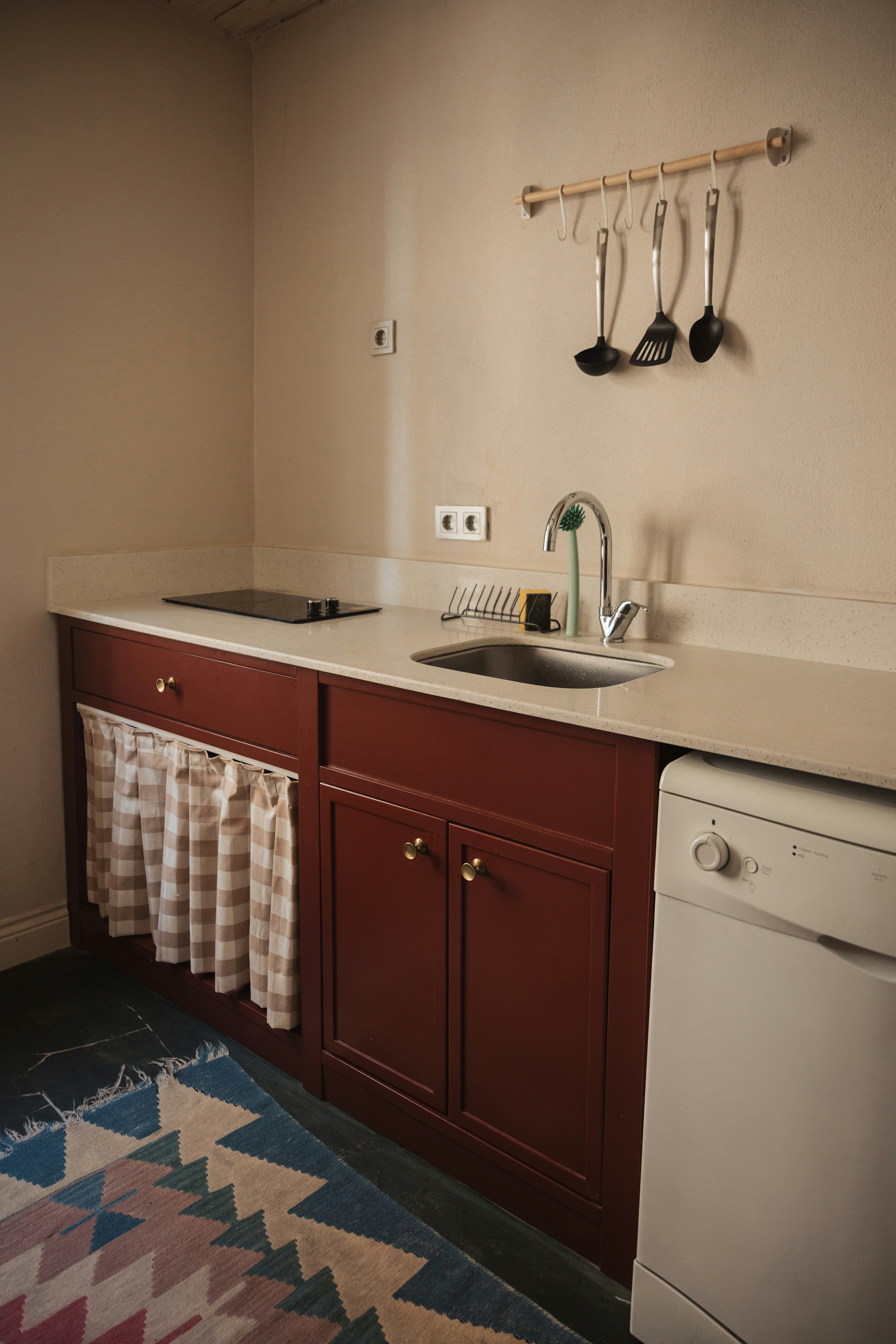
Common Places Where Black Mold is Found
Black mold can be found in various locations both indoors and outdoors but is commonly encountered in specific areas characterized by excess moisture. In homes or buildings that have experienced water damage from leaks, floods, or high humidity levels without proper ventilation, black mold can quickly colonize surfaces.
Bathrooms with poor ventilation systems are prime locations for black mold growth due to the frequent presence of moisture from showers and sinks. Additionally, basements and attics are susceptible spots for black mold infestation because they often have high humidity levels and limited airflow.
Water-damaged carpets or upholstery provide ideal breeding grounds for black mold if not promptly dried and cleaned after exposure to moisture. Other potential areas where black mold may flourish include air ducts contaminated with dust or debris where spores can settle and propagate unnoticed until they become a visible issue.
Respiratory Troubles: Asthma, Allergies, and Infections
Black mold exposure has been linked to a myriad of respiratory issues that can significantly impact one's health. Individuals with existing respiratory conditions such as asthma are particularly vulnerable to the effects of inhaling black mold spores. The presence of black mold can trigger asthma attacks, leading to shortness of breath, wheezing, and chest tightness.
Furthermore, prolonged exposure to black mold may exacerbate allergy symptoms in susceptible individuals, causing sneezing, coughing, and nasal congestion. These allergic reactions can be especially problematic for those with weakened immune systems or underlying health conditions.
In addition to asthma and allergies, black mold exposure is associated with an increased risk of respiratory infections. Mold spores released into the air can irritate the mucous membranes in the respiratory tract, making individuals more susceptible to infections such as bronchitis or pneumonia.
The toxic compounds produced by black mold can weaken the immune system's defenses against invading pathogens, creating a breeding ground for respiratory illnesses. It is crucial for individuals living in environments prone to black mold growth to monitor their respiratory health closely and seek medical attention if they experience persistent symptoms.

Neurological Disturbances: Headaches, Memory Loss, and Mood Swings
Beyond its impact on the respiratory system, black mold exposure has been linked to various neurological symptoms that can affect cognitive function and mental well-being. Headaches are a common complaint among individuals exposed to black mold, often manifesting as persistent migraines or tension headaches.
The mycotoxins released by black mold have neurotoxic properties that can disrupt brain function and lead to chronic headaches. Memory loss is another troubling neurological symptom associated with black mold exposure.
Studies have shown that prolonged exposure to toxic molds like Stachybotrys chartarum can impair cognitive function and memory retention. Individuals may experience difficulties concentrating, recalling information, or forming new memories due to the neurotoxic effects of black mold.
Moreover, mood swings are a prevalent consequence of black mold exposure on neurological health. The presence of mycotoxins in indoor environments contaminated with black mold can disrupt neurotransmitter levels in the brain responsible for regulating mood stability.
This imbalance may result in sudden shifts in mood ranging from irritability and anxiety to depression and apathy. Addressing these neurological disturbances requires not only remediation of the underlying mold infestation but also comprehensive medical evaluation and treatment for affected individuals.
Signs of Black Mold in Homes or Buildings
Black mold, also known as Stachybotrys chartarum, is notorious for its dark, slimy appearance that can develop in damp or water-damaged areas. When inspecting a property in Bothell for signs of black mold, one must pay close attention to visual cues such as black or greenish patches on walls, ceilings, or around plumbing fixtures.
Musty odors are another telltale sign of hidden mold growth. Homeowners should also be vigilant about any unexplained allergic reactions or respiratory issues experienced by occupants, as these symptoms could indicate the presence of black mold.
Furthermore, water leaks and moisture accumulation serve as breeding grounds for black mold to flourish. Areas prone to condensation, such as bathrooms, kitchens, and basements in Bothell homes are particularly susceptible to mold growth.
Inspecting these spaces regularly for any signs of water damage or excess humidity is crucial in detecting potential black mold infestations early on. It is essential to address any leaks promptly and ensure proper ventilation in these areas to prevent the proliferation of mold spores.

Strategies for Preventing Black Mold Growth
Proper ventilation and moisture control are key components in preventing black mold growth within Bothell residences. Installing exhaust fans in bathrooms and kitchens helps reduce humidity levels and expel moist air outside the home rather than allowing it to accumulate indoors.
Additionally, utilizing dehumidifiers in areas prone to dampness can help maintain optimal moisture levels that discourage mold formation. Regular maintenance tasks such as fixing leaky pipes, repairing roof damage promptly, and ensuring proper drainage around the foundation of the house can significantly mitigate the risk of black mold infestations.
In Bothell's rainy climate, it is essential for homeowners to keep gutters clean and free from debris to prevent water from seeping into the walls or basement. By proactively addressing sources of excess moisture and implementing sound ventilation practices throughout the home, residents can create an environment that is inhospitable to black mold growth.
Removal and Remediation of Black Mold in Bothell

Importance of Professional Removal Services
When it comes to extensive cases of black mold infestation in Bothell properties, seeking professional removal services is crucial. Professional mold remediation companies have the expertise, experience, and specialized equipment necessary to safely and effectively remove black mold from affected areas.
They follow industry best practices and safety protocols to ensure thorough removal of all mold spores, preventing further spread and recurrence. Additionally, professional services can help identify the root cause of the mold growth, whether it be a leaky pipe or poor ventilation, and address it to prevent future infestations.
DIY Methods for Small-Scale Remediation
For small-scale black mold remediation efforts in Bothell homes or buildings, there are DIY methods that individuals can employ using household cleaners like vinegar or hydrogen peroxide. These natural agents have been known for their mildew-killing properties and can be effective in eliminating surface mold on non-porous materials such as tiles, glass, or countertops. To use vinegar as a cleaner, simply spray it onto the affected area and let it sit for an hour before scrubbing with a brush and wiping clean.
Hydrogen peroxide can be used similarly by spraying it onto the moldy surface and allowing it to sit for 10 minutes before scrubbing. It's important to note that while DIY methods may work for minor cases of surface mold growth, they may not be sufficient for larger or hidden infestations.
In such instances, it is advisable to seek professional assistance to ensure thorough removal and prevention of health risks associated with prolonged exposure to black mold spores. Additionally, proper safety precautions should always be taken when dealing with black mold, including wearing protective gear such as gloves, goggles, and masks to avoid inhalation or skin contact with spores during remediation efforts.

Legal Implications and Disclosure Requirements in Bothell
Local Regulations Regarding Disclosure of Black Mold Infestations when Selling or Renting Properties
In Bothell, just like in many other jurisdictions, there are specific regulations regarding the disclosure of black mold infestations when properties are being sold or rented. Sellers and landlords have a legal obligation to disclose any known issues related to black mold to potential buyers or tenants.
Failure to do so can result in serious legal consequences and financial liabilities. It is crucial for individuals involved in real estate transactions in Bothell to be aware of these legal requirements and act in accordance with them to protect both parties involved.
In compliance with local laws, sellers and landlords must provide full disclosure of any past or present black mold infestations on the property. This includes sharing information about any previous professional removal or remediation efforts that have been undertaken.
Additionally, sellers may need to provide documentation such as inspection reports, testing results, and receipts for any treatments carried out. By being transparent about the presence of black mold, property owners help potential buyers or tenants make informed decisions about the property's condition and take necessary precautions if needed.
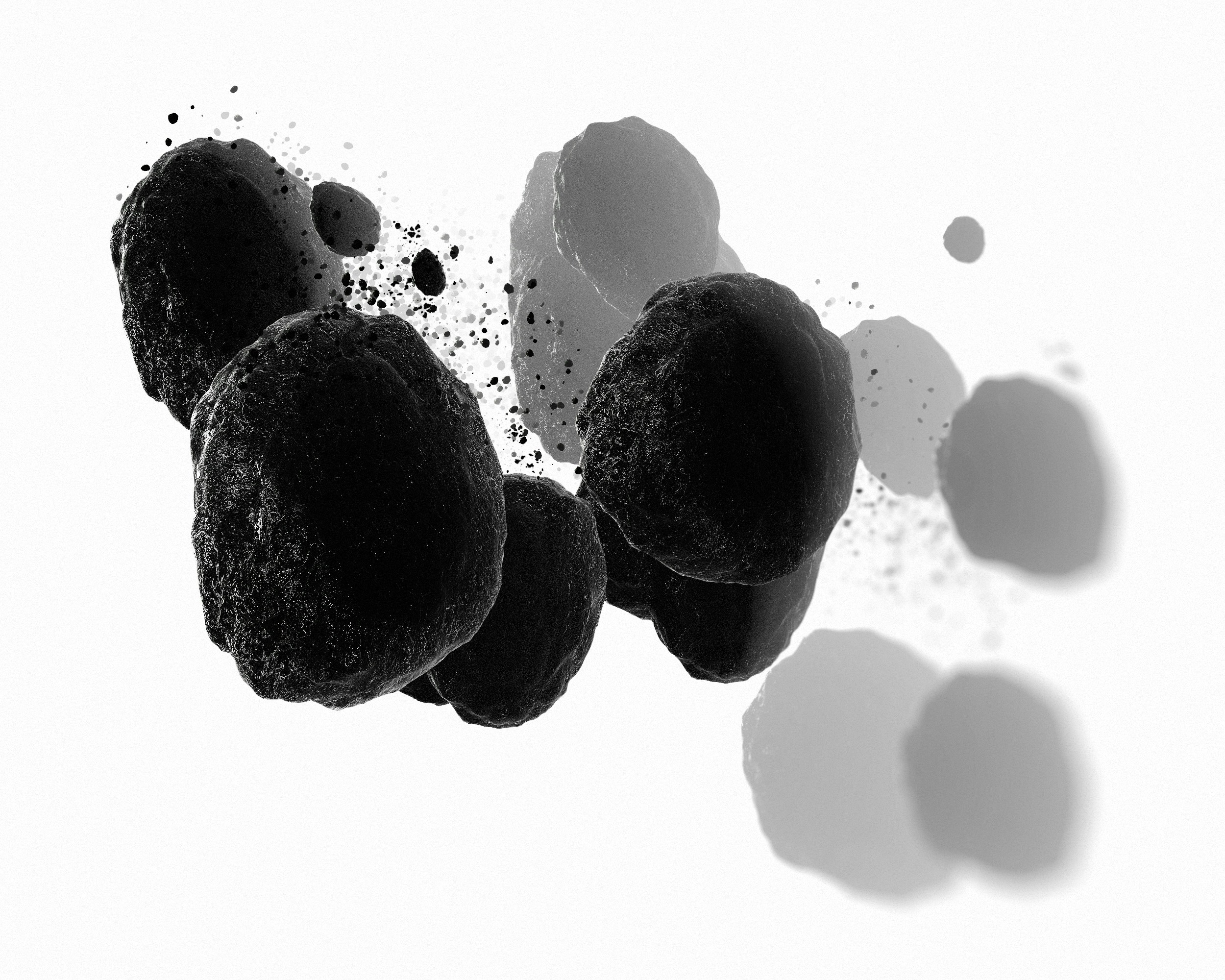
Impact on Property Values due to the Presence of Black Mold
The presence of black mold can significantly impact property values in Bothell and beyond. Properties that have a history of black mold infestations may be perceived as undesirable or risky investments by potential buyers or renters.
This negative perception can lead to longer listing times, lower offers, and even difficulty in securing financing for the purchase or rental of the property. Furthermore, once a property is known to have had black mold issues, its reputation within the community may suffer, further affecting its market value.
Property appraisers take into consideration various factors when determining the value of a property, including its overall condition and any existing hazards like black mold. The cost associated with remediation efforts and ongoing maintenance required to prevent future mold growth can also impact the appraisal value of a property.
Buyers are likely to negotiate lower prices for properties with a history of black mold problems due to the perceived risks involved. Therefore, it is essential for property owners to address any existing black mold issues promptly to maintain their property's value and marketability in Bothell's real estate market.
Conclusion
Awareness is Key: Understanding the Dangers of Black Mold in Bothell
It is crucial to be aware of the dangers associated with black mold in Bothell. The health risks posed by exposure to black mold can range from mild irritations to severe respiratory issues and neurological symptoms. By recognizing the signs of black mold growth and understanding its potential impact on health, individuals can take proactive steps to protect themselves and their loved ones.
Empowering Readers: Actionable Steps to Safeguard Against Black Mold
To safeguard against the dangers of black mold in Bothell, there are several actionable steps that individuals can take. Firstly, it is essential to maintain proper ventilation and control moisture levels in indoor spaces to prevent the growth of mold. Regularly inspecting areas prone to water damage, such as bathrooms and basements, can help identify and address any mold growth early on.
Additionally, investing in a dehumidifier can help reduce excess moisture in the air, creating an inhospitable environment for mold spores. Despite the potential risks associated with black mold, it is important to approach the issue with a sense of empowerment rather than fear.
By staying informed about black mold and taking proactive measures to prevent its growth, individuals can create healthier living environments for themselves and their families. Remember that knowledge is power when it comes to dealing with black mold in Bothell; armed with awareness and practical steps for prevention, you can navigate this issue confidently and ensure a safer space for all.

